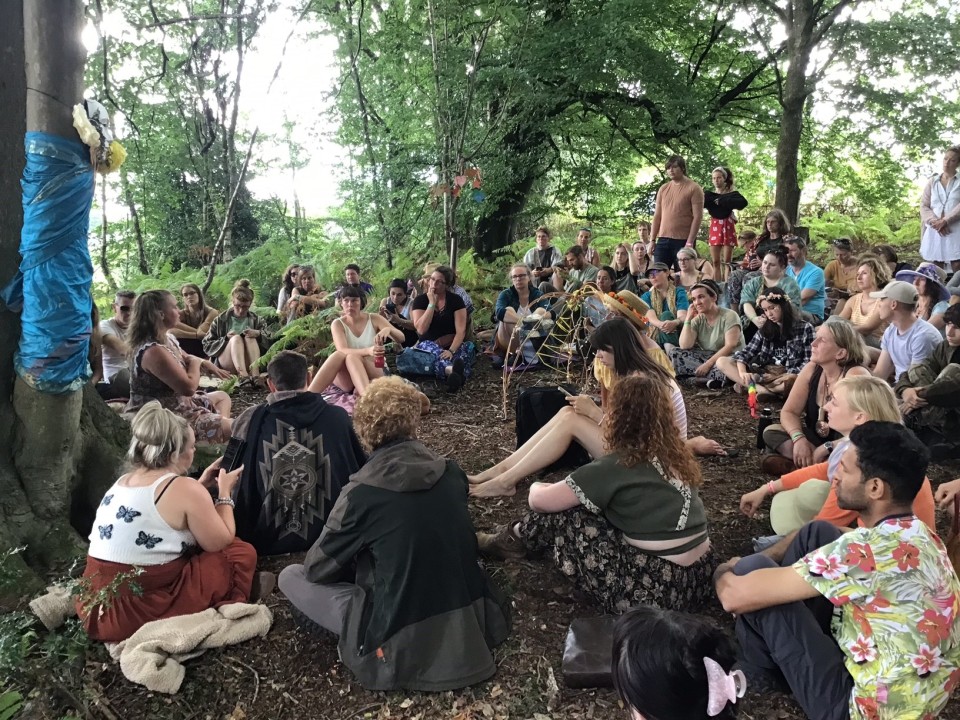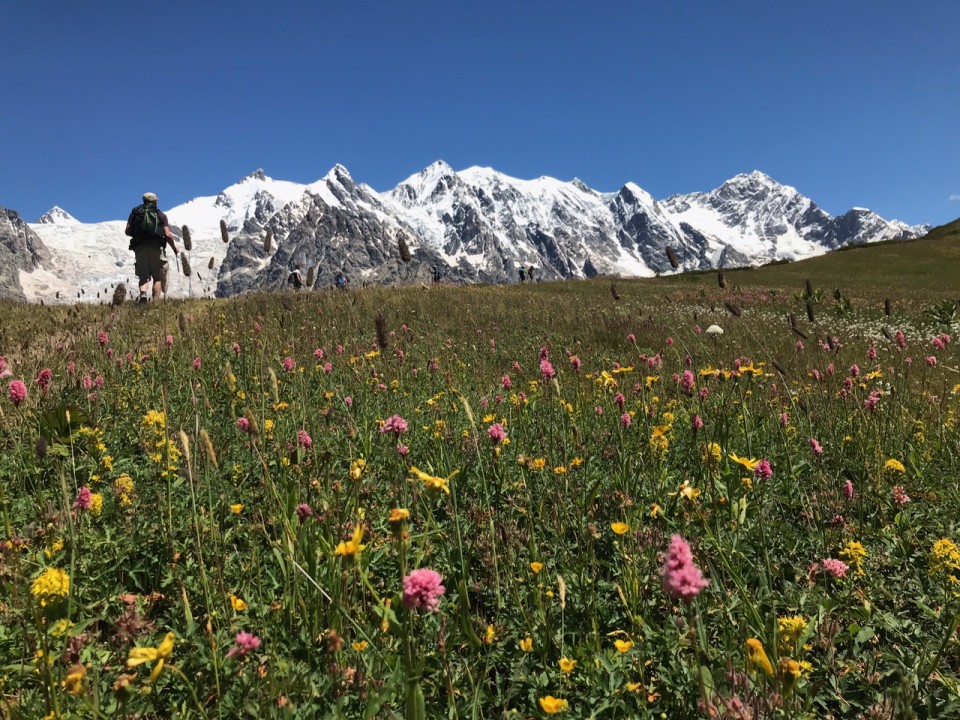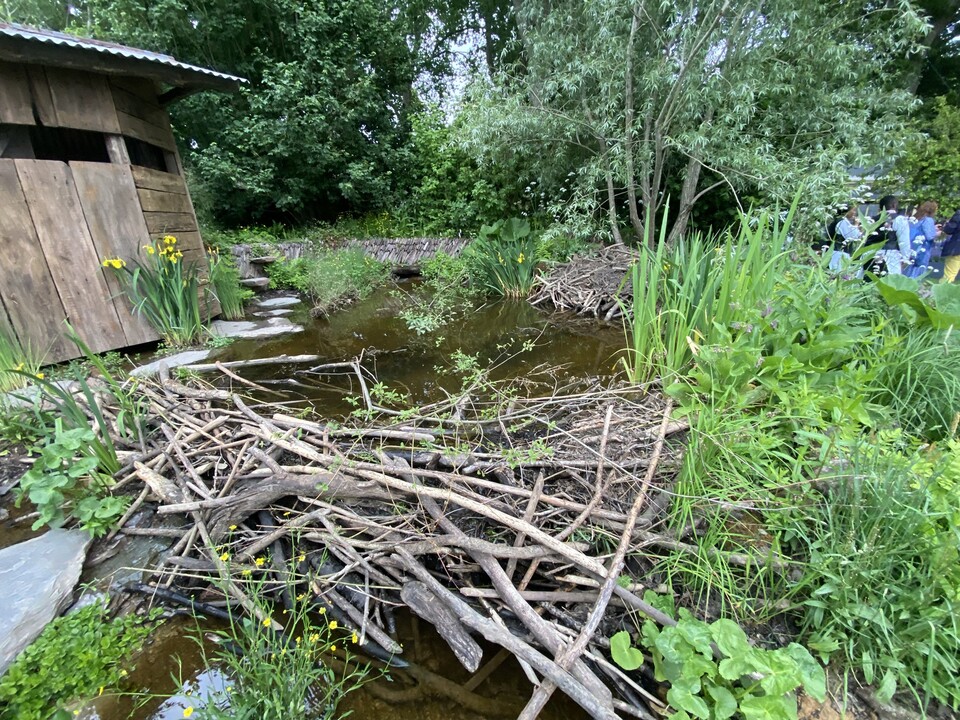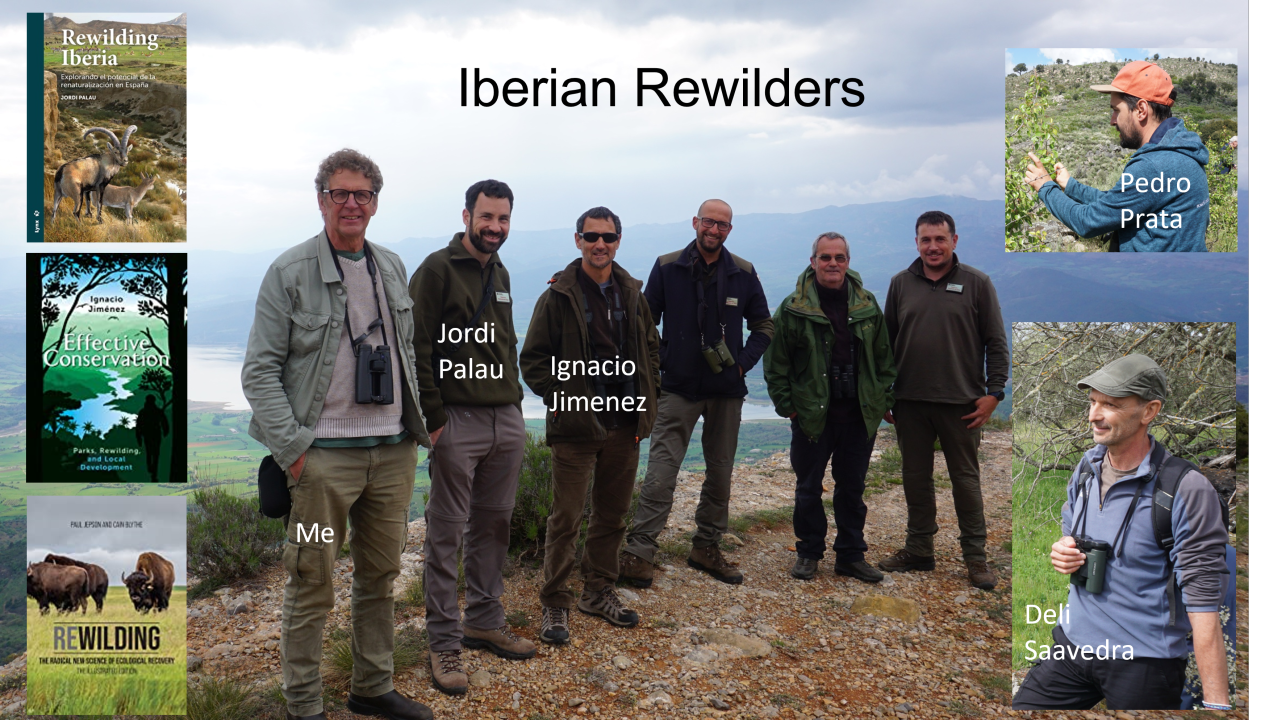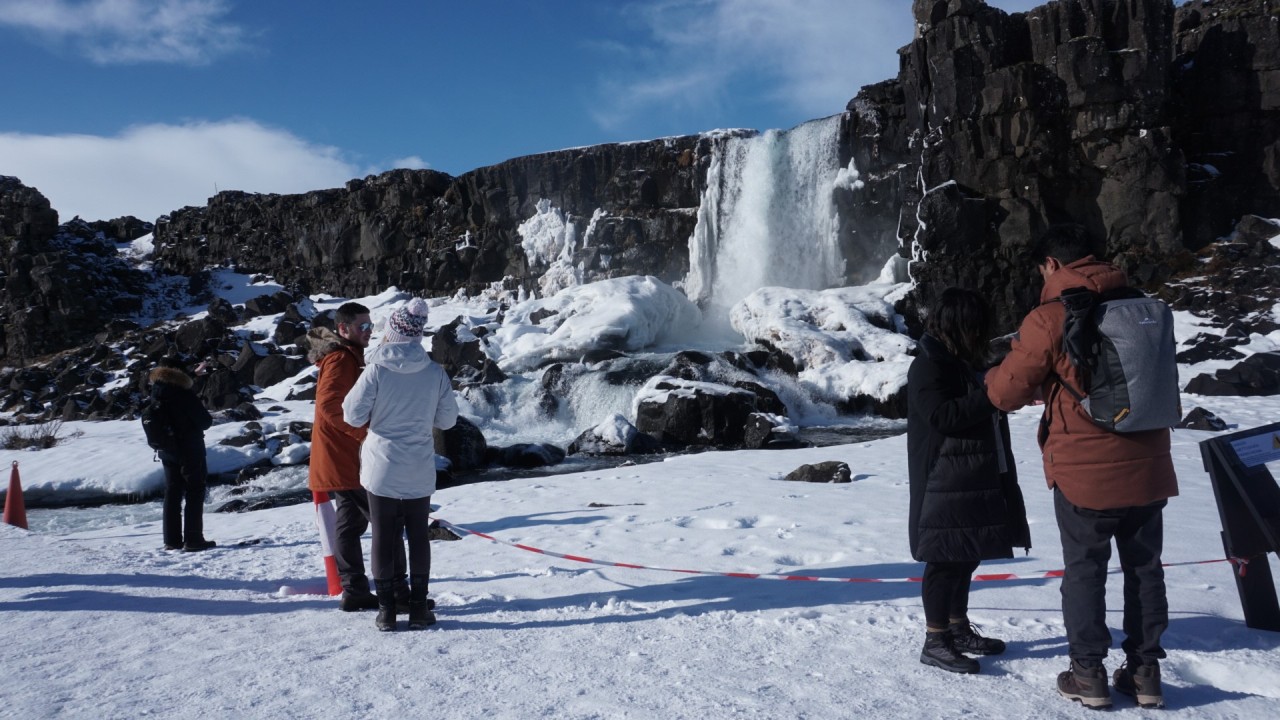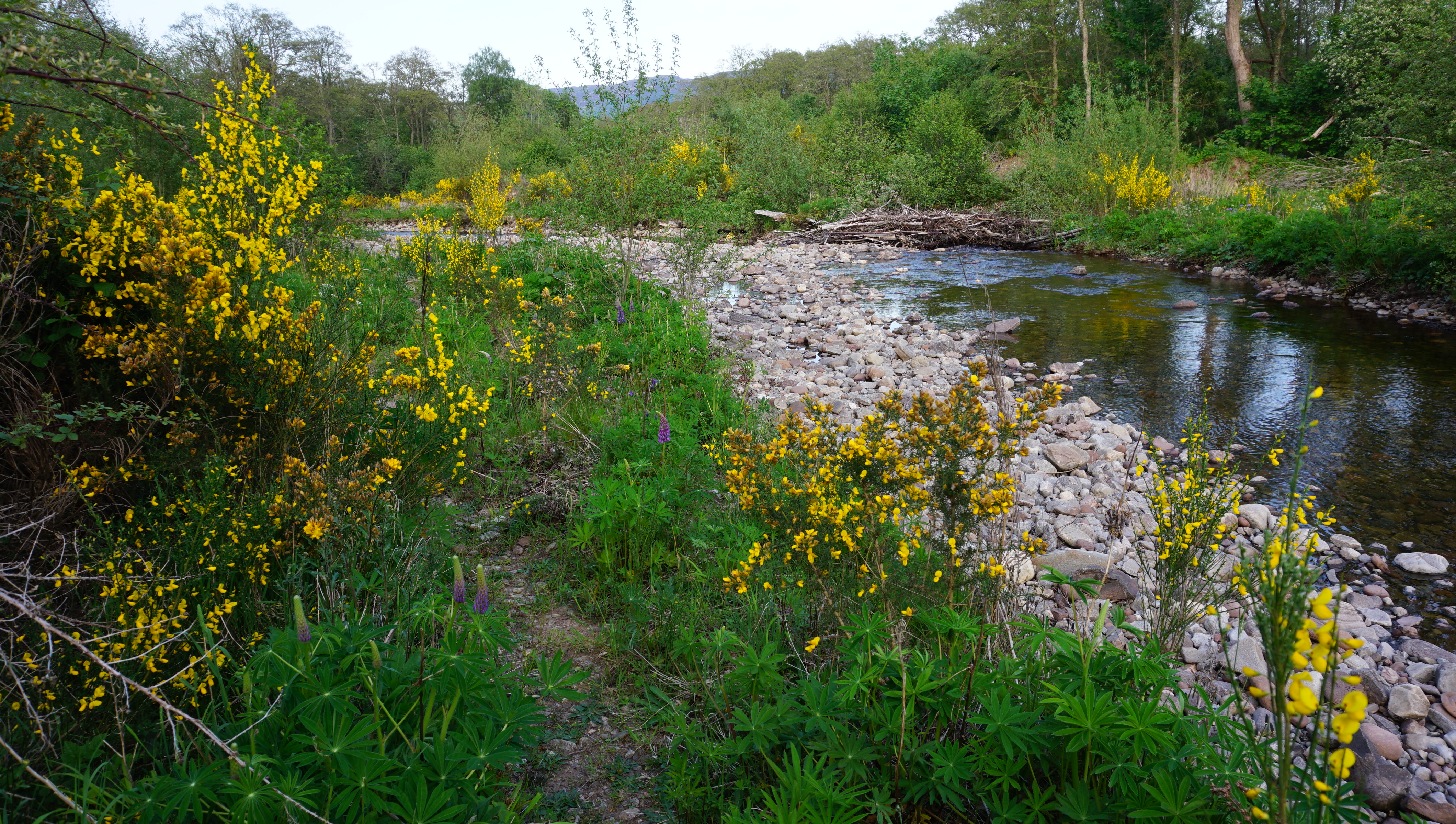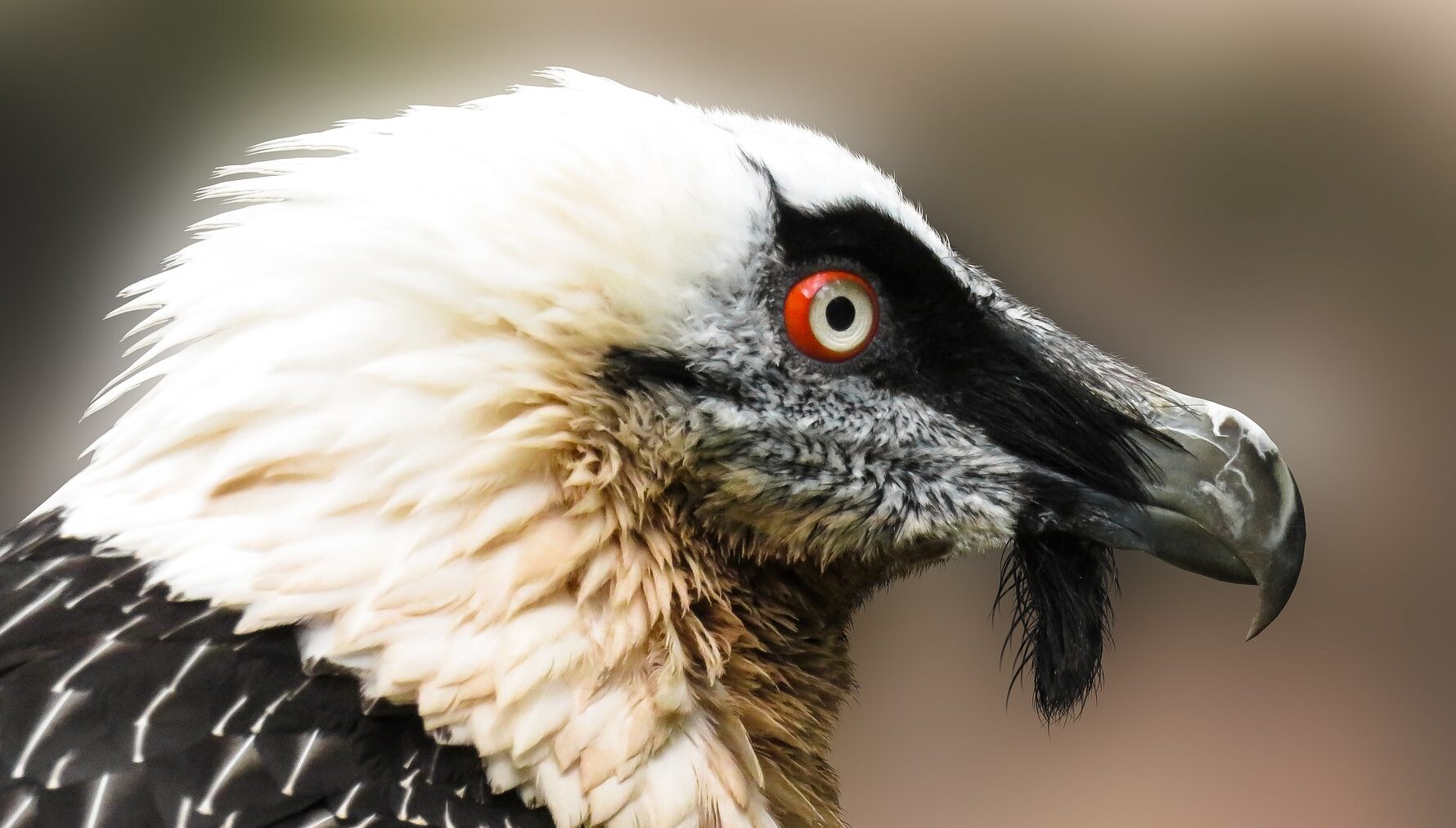I spent an enjoyable weekend at the Into the-Wild Festival at the Chiddinglye estate in W.Sussex organised by Huw Wyn. By UK festival standards it is relatively small (max 5000): it is very family orientated and full of workshops, discussion, music and informal gatherings: its a place to do a bit of ‘rewilding the self’.
I was there by invitation of James Murray-White who convened and chaired the ‘writers’ tent – in his words the chamber of eloquence’. I was part of a rewilding panel with two other authors Miriam MaDonald who has written ‘Emergent’ which explores different aspects of human ecosystem engineering Anna Jones whose book “Divide’ examines the disconnect between urban and rural people.
We had a wonderfully rich exchange of ideas which came to focus on the question of identity – identity of groups in society, wilded animals, our identity as ecosystem engineers; what shaped these identities and how we could overcome them. I hope to find to to listen back to the recording and tease out some key insights.
The panel was the first time I have talked about writing ‘Rewilding: the radical science‘ and for those of you who are interested here is a tidied up version of my speaker notes.

Hello, it’s a real pleasure to be here to talk about my book Rewilding the the radical new science of ecosystem recovery.’
Itis part of ‘hot science’ series published by Icon books. thseseries aim to bring advances in science and philosophy to a mass audience at an affordable price. Publishers often approach academics who are leaders in a field to write them.
This is the second such book I have written and I like doing so because I support the ideal of public access to science and because the process really helps my scholarship. I’ll come back to this later.
Up until three years ago I was directing the MSc in biodiversity conservation at Oxford University and in 2006 started taking my students on field trips to the Netherlands to engage with the thinking and projects of pioneer #rewilding practitioners. In subsequent years the MSc team incorporated more rewilding-related science in the curricula and thier research.
Rewilding; the radical science is a summary of the work and thinking of the scientists and practioners I engaged and my own research and theorising on rewilding – or more specifically the interdisciplinary science of ecosystem recovery. It is aimed at people working or volunteering in conservation and with a a general iterest rewilding.
I find writing rewilding science is relative easy because it lends itself to a grand narrative. This structures the book and I’ll give you a brief outline.
The rewilding story starts 65 million years with the asteroid strike that when wiped out the dinosaurs and pretty much everything else. As the Earth recovered without huge beasts crashing and tramping about, trees became dominant and the planet hotter and wetter.
Then ~40 million years our planet entered a period of massive geological activity. Don’t ask me why but it did. Trees can’t handle big scale disturbance, areas open up and grasslands emerged.
Then a group of small mammals with pred-adapations to eating grass [audience participation which ones] emerged from the forests and rapidly evolved into mega fauna.
Their size and behaviours created dynamics interactions between grassland and trees and the mosaics enabled the evolution of diversity and abundance in ecosystems. Africa-like megafauna ecosystem covered huge swathes of our planet.
Then, ~25,000 years ago the second wave of human expansions out of Africa happened. These humans spread across Eurasia and into the America’s living off mega-herbivores whose populations could not withstand the hunting or ‘overkill’ as the science hypothesis (now pretty much proven) is called.
Then came millenia of human engineering of ecosystems – structuring, ordering, taming and domesticating the megafauna that survived and had suitable traits – cows, horses, pigs and sheep.
These human ecosystem engineering processes have proceeded to such extent that our ecosystems and the biodiversity they generate is now at a very low ebb.
We are now writing the next chapter, which is a story of awakenings and action to connect this new scientific insights with the experiences pioneer rewilders to recover nature as an autonomous force – and to connect this recovering force with those of society, technology and finance.
One of my contributions to rewilding science is the observation and suggestion that the incipient rewilding movement is giving form to a new environmental narrative.
In a 2018 paper, I described how the elements and architecture of the established environmental narrative: it tells about i) the desperate state of nature/environment, ii) presents this as a crisis and impending category, iii) identifies someone to blame – corporations or ‘bad’ people and iv) calls on those in power to take action to regulate the perpetrators of harm and protected nature from them.
This narrative has achieved much but it is one of blame that deploys anxiety to galvanise action.
In contrast, rewilders adopt a a narrative with a different architecture and elements. They start i) with stories about nature, society and maybe themselves being in in bad place the, ii) entering a process of awakening and reassessment that iii) inspires them to act in some way, individual or with others, which feeds back into ii) to reassess values, goals, guiding principles which interplay es with iii) to generate a sense of satisfaction, wellness and hope as they connected with recovering natures.
Isabella Tree’s book ‘Wilding is good example of this narrative structure.
This narrative puts aside blame and calls for others to act. It accepts that ‘we are where we are’ and as citizen have the ability to generate meaningful change. It is an empowering narrative of hope guided by better, kinder visions for people and nature. In my article I labelled it the Recoverable earth narrative
I ended my opening contribution here. But had also made some notes on the writing process. i didn’t use these in the discussion, but have included then below if any of you are interested and care to read on.

I like writing popular science for the joy of learning, crafting and thinking.
As academics we tend to use a lot of jargon – terms that are short-hand -for a concept. The process of making science assesible means dropping jargon and explaining concepts in short sentences and clear language,.
As an example, a few years ago I used The term’ grazing dynamics’ in a rewilding article I wrote for The Conversation. The editor said he had no idea what that meant and could I explain the concept without the term. It took me three hours but they were hours where I depended and clarified my understanding of the term.
In similar vein a term I explain in the book is ‘Ecospce’. This is similar to habitat or niche but different. I came across it in a excellent paper by Ana Brunbjerg and colleagues based at Arrhus Uni.
But to understand the concept fully, I needed to read back to read back into history of the concept and the work of some of the founders of ecology. I find it fascinating to do this from the perspective of technology and the rise of data science techniques. This is because it brings into focus how the development of early systems-based ideas was, until recently, constrained by the lack of data and computation.
Two other things I find myself doing during the process of making science accessible are:
- constantly using Google search to check my understanding of the meanings of works and finding synomyms that capture the nuances of concepts.
- and finessing and slightly reinterpreting the concept based on developments in science and my wider multi-disciplinary scholarship.
Of course, the best way to explain a concept is to illustrate it with a great example in here an expert of the one I used to explain ecospace.
“The importance of local abiotic conditions is illustrated by the case of the black popular, a once-common European riverside tree that is nowadays critically endangered in many west European countries. When a pioneer Dutch rewilding project re-excavated old river channels. hundreds o black poplar seedlings popped up on their margins. Ecologists realised that in order to germinate, the seeds of black poplar need the warm, lapping and frothy water that occurs in late summer along shallow river margins. This is a great example of an ephemeral ecospace (or micro-habitat) the emerges from the physical interactions between sunlight and the movement and chemistry of water”
I often think that the root of our nature crisis is the loss if ecospaces.We have come to focus on habitats and understand these in policy and practice as standard vegetation communities which support a characteristic set of species.
Ecosystems, like human living systems, are not that simple. Imagine if this festival was just the food court, camping and parking and there were no stalls, workshops, pop up events and interactions.
Living organisms like us needs a variety of spaces and places – stable and ephemeral -to live, be and become. Rewilding is about restoring ecospaces.
In contrastthe focus of much conservation policy is on the management and protection of habitats – standardised vegetation communites – that are assumed to support characteristic sets of species. This approach is too static – it is interactions within eosystem and the prcoess and dynamics these generate that give rise to ecospaces. Not habitat management.
This blog was first posted on my LinkedIn page on 2 Sept 2022

